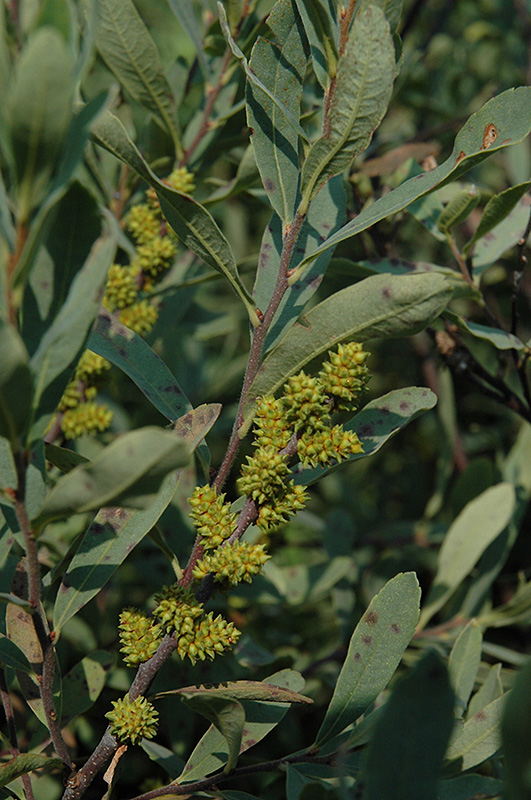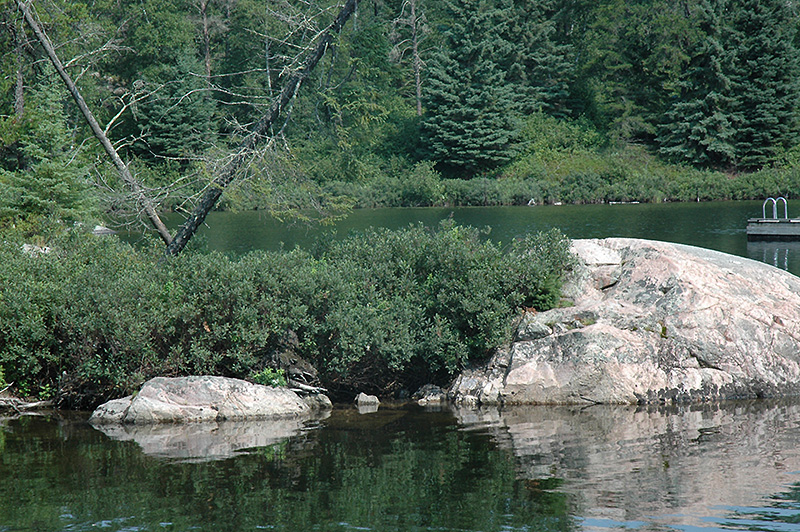Height: 6 feet
Spread: 6 feet
Sunlight:
![]()
![]()
Hardiness Zone: 1a
Other Names: Bog Myrtle, Bayberry
Description:
Select a male and female plant to produce the ornamental waxy-yellow berries; the berries are a high energy food source for birds; prefers wet, infertile soil; aromatic foliage repels insects; used to make candles; an overal great choice
Ornamental Features
Sweet Gale is primarily grown for its highly ornamental fruit. The fruits are showy yellow drupes carried in abundance in mid summer. It features subtle chartreuse catkins along the branches from early to late spring, which emerge from distinctive brown flower buds. It has green foliage with grayish green undersides. The fragrant narrow leaves do not develop any appreciable fall color.
Landscape Attributes
Sweet Gale is a multi-stemmed deciduous shrub with a mounded form. Its average texture blends into the landscape, but can be balanced by one or two finer or coarser trees or shrubs for an effective composition.
This shrub will require occasional maintenance and upkeep, and may require the occasional pruning to look its best. It is a good choice for attracting birds, bees and butterflies to your yard. Gardeners should be aware of the following characteristic(s) that may warrant special consideration;
- Suckering
Sweet Gale is recommended for the following landscape applications;
- Accent
- Mass Planting
- Hedges/Screening
- General Garden Use
- Naturalizing And Woodland Gardens
- Bog Gardens
Planting & Growing
Sweet Gale will grow to be about 6 feet tall at maturity, with a spread of 6 feet. It has a low canopy, and is suitable for planting under power lines. It grows at a fast rate, and under ideal conditions can be expected to live for approximately 30 years. This is a dioecious species, meaning that individual plants are either male or female. Only the females will produce fruit, and a male variety of the same species is required nearby as a pollinator.
This shrub does best in full sun to partial shade. It is quite adaptable, prefering to grow in average to wet conditions, and will even tolerate some standing water. It is not particular as to soil pH, but grows best in poor soils. It is somewhat tolerant of urban pollution. This species is native to parts of North America. It can be propagated by cuttings.


